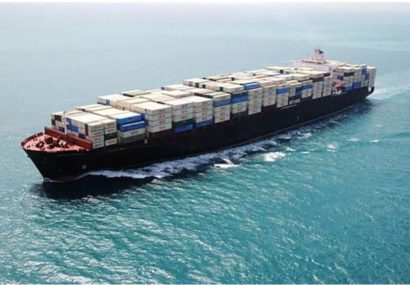Impact of U.S. Tariffs on Iranian Exports
TEHRAN (Iran News) Seyed Rouhollah Latifi, the Commission’s spokesperson, explained in an interview with ILNA news agency that the U.S. currently imposes tariffs ranging from 10% to 90% on imports from 185 countries. These include both U.S. allies and non-aligned nations, with Iran among those affected.
Citing recent customs data, Latifi said that in the first 11 months of the Iranian calendar year 1403 (March 2024–February 2025), Iran exported 84 tons of goods worth $172,621 to the United States. In contrast, Iran imported about 1,431 tons of goods valued at $93.7 million from the U.S. He noted that these figures only account for direct trade, while a significant volume of Iranian products reach the U.S. market indirectly through third countries.
Latifi emphasized that the new tariffs only apply to goods entering the U.S., meaning American exports to Iran will remain unaffected. He also noted that Iran’s current export volume to the U.S. is relatively small—having declined significantly due to U.S. sanctions in recent years.
According to Latifi, 55% of Iran’s exports to the U.S. consist of food products, while 28% are cultural items such as calendars and books. He believes that the 10% tariff will not be enough to dissuade buyers in the U.S. from continuing to import these goods, especially since transportation costs are already high and the tariff adds little to the overall expense.”
- Iranian Exports”
Goods exported from Iran to the U.S. over the 11-month period include dried fruits like figs, apricots, and prunes; dried bread and dough; saffron; sweets such as sohan; biscuits; citrus juice; flavored snacks; traditional herbal distillates; plastic kitchenware; carpets; decorative statues; chandeliers; party supplies; and cast iron tools.
Latifi also pointed out that 75% of Iran’s imports from the U.S. are pharmaceuticals and hospital equipment, emphasizing the critical nature of these goods.
He added that the U.S. government has conditioned tariff reductions on foreign manufacturers investing in U.S. soil. This, he said, is a strategic effort to bring production closer to home and attract foreign investment to boost the American economy.
Regarding Russia’s absence from the U.S. tariff list, Latifi said this is due to ongoing negotiations between Moscow and former U.S. President Donald Trump. The imposition of tariffs on Russian goods is contingent upon the outcome of these talks. He noted that potential sanctions against Russia could also impact its export capacity to the U.S., depending on how negotiations unfold.
- source : IRAN NEWS ECONOMIC DESK






























